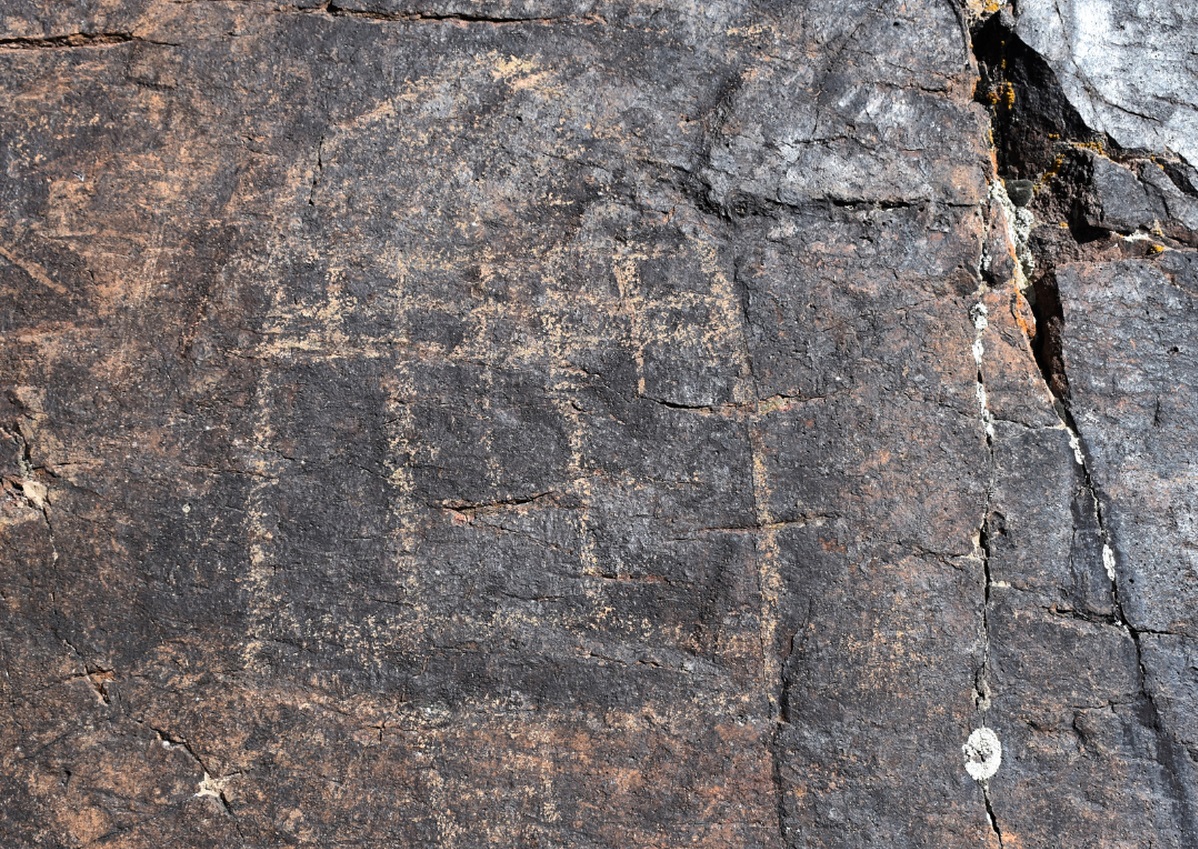Archaeologists from the Margulan Institute of Archaeology have discovered several rock art clusters in Kazakhstan’s Almaty region.
As part of the Serektas Archaeological Expedition, archaeologists have been excavating a series of settlements in the Serektas River valley while also surveying the surrounding landscape.
In the area of the Serektas River gorges, the researchers identified several small campsites from the late Middle Ages, in addition to five rock art cluster sites, one of which depicts an image of a yurt.
Other clusters show zoomorphic depictions of various animals, including the image of a tamga, an abstract seal or stamp used by Eurasian nomads as a Livestock branding.
Tamga were common among nomads throughout Classical Antiquity and the Middle Ages, used to identify a particular tribe, clan or family group.

Excavations at a settlement, designated Serektas-2, have unearthed a large volume of archaeological finds, including 727 fragments of ceramics, 83 stone tools consisting of hammers, polishers, and grinders, a bronze object, as well as 38 bone artefacts made from cattle bone
At another site, designated Serektas-1, archaeologists have uncovered the remains of a structure measuring 6 by 4 meters with a northwest-southeast orientation. The broader excavation of the settlement has also revealed a substantial collection of osteological material, including 200 bone fragments, in addition to over 60 ceramic pieces, spindle whorls, bone awls, iron fragments, glass pieces, and various stone tools such as grinders, polishers, and pestle-like stones.
Header Image Credit : Margulan Institute of Archaeology
Sources : Margulan Institute of Archaeology







